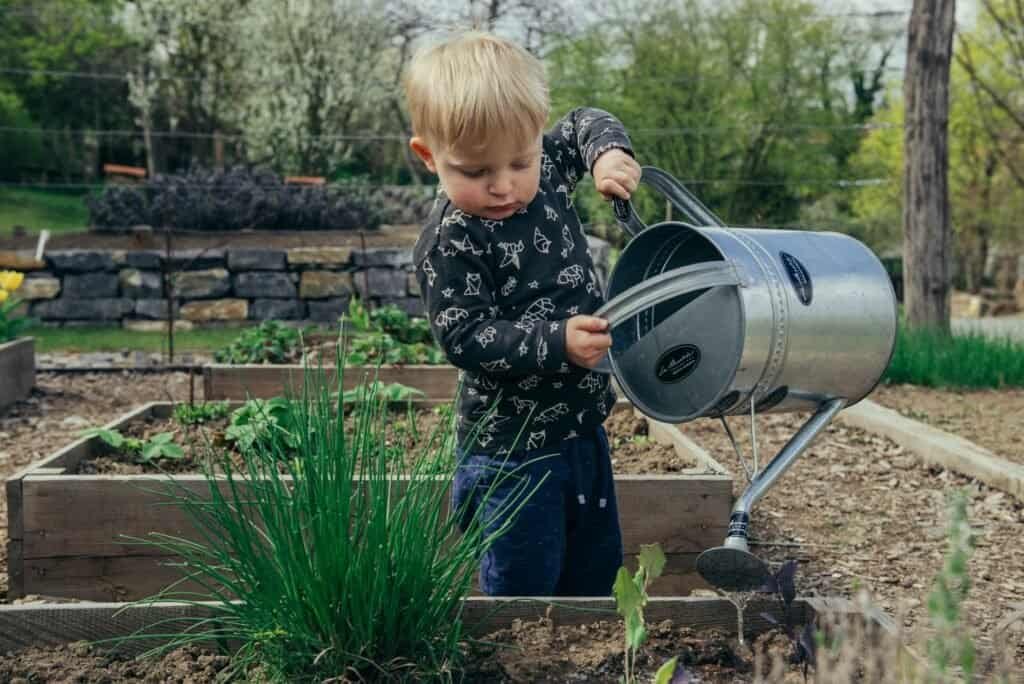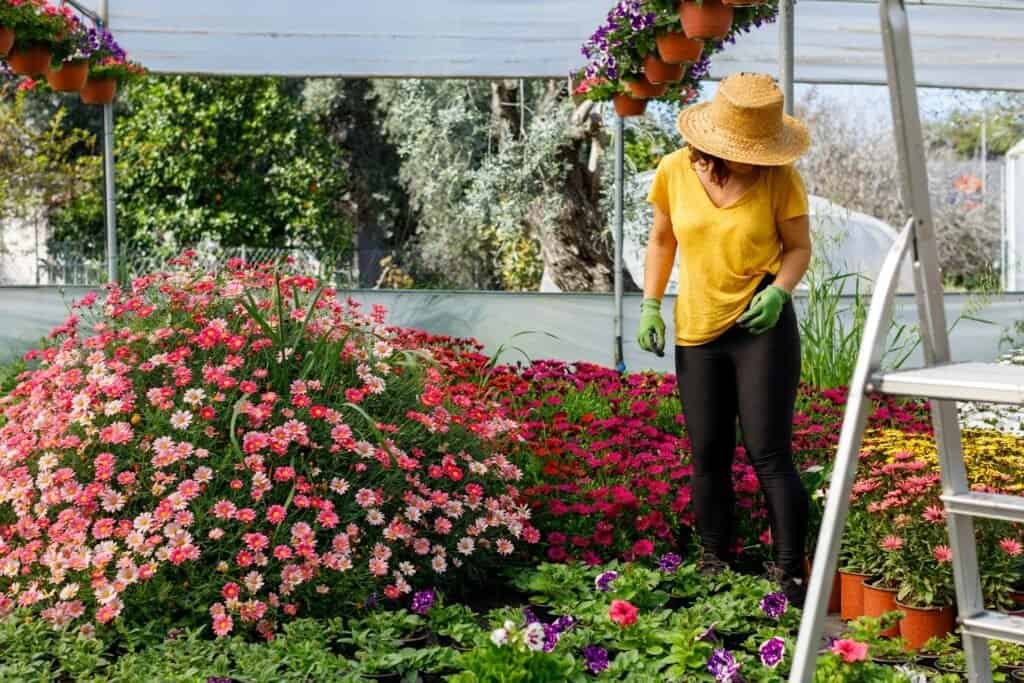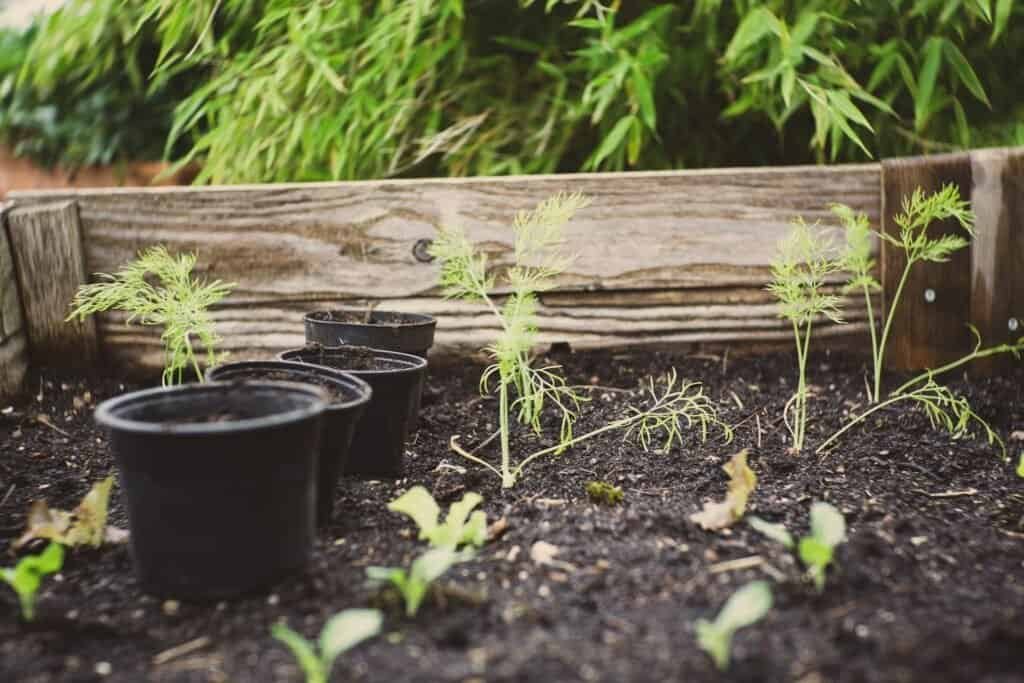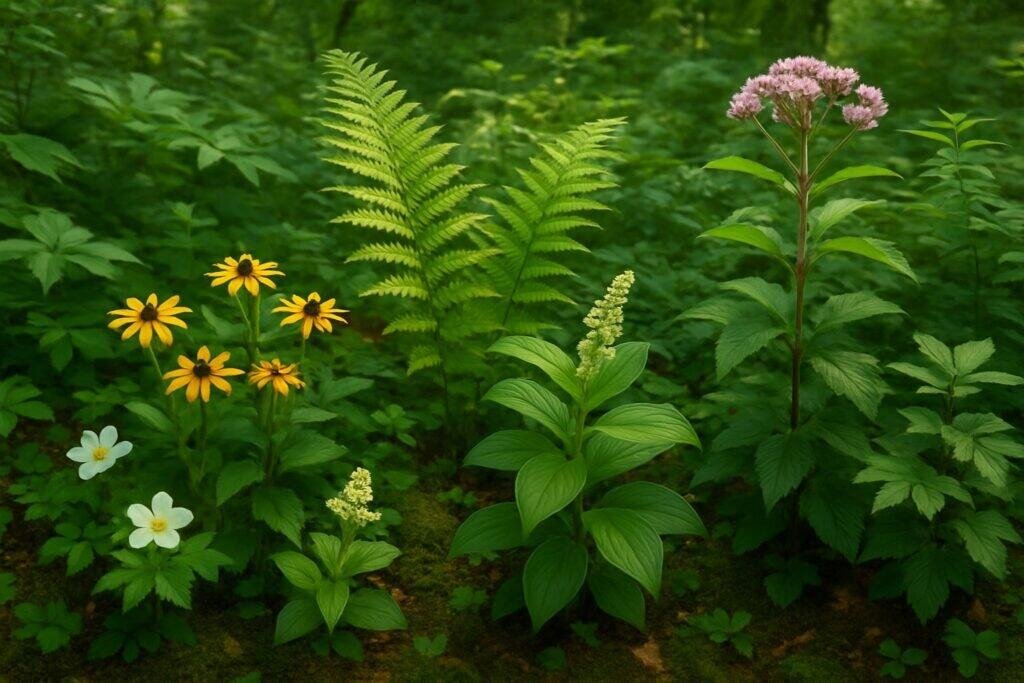Transforming fallen leaves into valuable compost is an excellent way to recycle organic materials and enrich your garden soil. To compost leaves effectively, gardeners should first gather and sort the leaves, ensuring that any walnut or eucalyptus leaves, which can inhibit plant growth, are set aside. The next step involves shredding the leaves to accelerate decomposition, which can be done with a lawn mower or a dedicated leaf shredder. By mixing shredded leaves with other green compost materials such as grass clippings or food waste, you create a balanced environment that encourages microbial activity and speeds up the composting process.
Unlocking the Benefits of Leaf Composting
Composting leaves is more than just a way to deal with yard waste; it’s a method to create leaf mold and leaf mulch, two valuable products that can greatly improve the health of your garden soil. Leaf compost is rich in organic materials and provides a slow-release source of nutrients to plants. When you compost leaves, you’re not only recycling food waste and other green materials, but you’re also creating an eco-friendly alternative to chemical fertilizers that can be used to enrich your garden throughout the year.
Enriching Soil with Leaf Mold: The Natural Nutrient Booster
Leaf mold, derived from decomposed leaves, is an organic amendment that can significantly enhance soil structure. As it breaks down, leaf mold increases the soil’s ability to retain moisture, making water more available to plant roots. This improved structure also promotes beneficial microbial activity, which in turn boosts the soil’s fertility and helps plants flourish. Incorporating leaf mold into garden beds or using it as a mulch can lead to healthier, more resilient plants and a bountiful harvest.
The Eco-Friendly Cycle: Why Composting Leaves Matters
Composting leaves not only benefits the soil but also contributes to a larger eco-friendly cycle by reducing yard waste that would otherwise end up in landfills. However, it’s important to note that certain leaves, like those from walnut and eucalyptus trees, contain compounds that can be harmful to other plants. These leaves should be composted separately or avoided altogether to prevent the spread of these allelopathic chemicals that can inhibit the growth of sensitive plants.

Preparing Your Leaves for Composting
Before adding leaves to your compost, it’s essential to ensure that they are free from walnut and eucalyptus leaves, which can release growth-inhibiting substances. Once you’ve separated these leaves, the rest can be added to your compost pile. Chopping or shredding the leaves beforehand will help to speed up the composting process, as smaller pieces decompose faster. Additionally, mixing your leaves with nitrogen-rich materials can balance the carbon-rich leaves, creating a more efficient composting environment.
Selecting the Right Leaves for Your Compost
Choosing the right leaves for your compost is crucial for a successful decomposition process. Avoid adding leaves from walnut and eucalyptus trees, as they contain substances that can inhibit plant growth. Instead, opt for leaves from trees like maple, ash, and fruit trees, which break down quickly and enrich the compost with valuable nutrients. Be sure to also exclude any diseased or pest-infested leaves to prevent the spread of problems to your compost and garden.
Shredding Leaves for Quicker Decomposition
Shredding leaves before adding them to your compost pile expedites their breakdown and prevents matting, which can impede airflow.
Using an Electric Leaf Mulcher to Accelerate the Process
For gardeners looking to speed up composting, an electric leaf mulcher is a valuable tool. By converting a pile of leaves into finer particles, the mulcher enhances the surface area for microbes to work on, thus quickening the decomposition process. The resulting leaf mulch can be directly applied to garden soil as a protective layer or added to the compost pile to combine with other organic matter. When using electric tools like a mulcher or a string trimmer for shredding, always prioritize safety by following the manufacturer’s instructions and wearing appropriate protective gear.
Establishing Your Leaf Composting System
Setting up an efficient leaf composting system begins with designating a space for your compost pile or bin. This system should accommodate layers of dry leaves and organic matter, allowing for ample airflow and easy access for turning. A balanced compost pile will have a mix of dry leaves and green materials such as kitchen scraps or grass clippings. Proper layering and occasional turning will foster the right conditions for composting leaves into nutrient-rich humus for your garden.
Different Methods for Composting Leaves
There are several effective methods for composting leaves, from simple piles to structured bins.
Building a Simple Compost Bin
Constructing a basic compost bin can be as simple as using wire mesh or repurposed pallets to contain your pile. This enclosure should be large enough to hold your compost while allowing for air circulation and easy turning. Bins help to maintain the neatness of your composting area and can speed up the process by containing heat and moisture. Regularly turning the contents of the bin will ensure even decomposition and prevent odor.
Utilizing Garbage Bags for Making Leaf Mold
Garbage bags can be an unconventional yet effective container for making leaf mold. Begin by filling the bags with moist, shredded leaves and poking holes for aeration. This method, known as “leaf mold in a bag,” is a passive way to compost, as the leaves slowly break down over time. The resulting material is a rich, crumbly amendment that can be added to garden beds to improve soil texture and fertility.

Mastering the Composting Process
Mastering the composting process requires understanding the balance of materials and conditions needed for decomposition. To compost leaves effectively, mix them with green materials like grass clippings or food waste to provide nitrogen, which is essential for microbial activity. Regularly aerate the pile by turning it and maintaining consistent moisture levels. Over time, the leaves will break down into rich, fertile compost that can be used to enhance your garden soil.
Balancing Green and Brown Materials
A traditional compost pile relies on a balance of green and brown materials to decompose effectively. Green materials, rich in nitrogen, are essential for microbial growth, while brown materials, like dry leaves, provide carbon that acts as an energy source for the decomposers. A general guideline is to aim for a ratio of one part green to two parts brown, adjusting as needed to maintain a healthy and active compost pile.
The Importance of Monitoring Moisture Levels
Moisture is a critical factor in the composting process, and it’s important to monitor moisture levels within a traditional compost pile. The pile should be moist, but not sopping wet, to support the microorganisms that break down the organic matter. If the pile is too dry, decomposition will slow down; if too wet, it can become anaerobic and smelly. Regularly turning the pile and adjusting the moisture as necessary will ensure a successful composting process.
Insulating Your Compost Pile for Winter
As winter approaches, it’s crucial to keep the compost pile moist to maintain microbial activity. Insulation helps retain heat and moisture, ensuring the decomposition process continues throughout the cold months. Cover the pile with a thick layer of straw or leaves, and if necessary, add a tarp to ward off excess rain or snow. Avoid adding diseased plants to your pile, as they may not break down in the cooler temperatures and could spread pathogens to your spring garden.
Overcoming Common Leaf Composting Challenges
One of the challenges in leaf composting is dealing with the sheer volume of fallen leaves. To expedite their decomposition, shred your leaves before adding them to the compost. Smaller pieces break down faster, providing a more uniform texture to your leaf compost. Additionally, this practice increases the surface area for microbes to work on, speeding up the transformation into nutrient-rich compost.
Managing Pests and Diseases in Your Compost
Keeping pests and diseases at bay is pivotal in maintaining a healthy compost. Ensure proper aeration by turning the compost regularly, and manage moisture levels to prevent the breeding of harmful organisms. If pests are a problem, use physical barriers like chicken wire around the bin. Diseased plants should be kept out of the compost to prevent contamination and the spread of illness to future plants.
Addressing Slow Decomposition Rates
Slow decomposition rates in compost can be frustrating. To kickstart the process, add green materials such as grass clippings or kitchen scraps, which are high in nitrogen and help break down the carbon-rich leaf matter. Maintaining a balance between green and brown materials, turning the pile regularly to introduce oxygen, and ensuring adequate moisture can all help accelerate the breakdown of organic waste into compost.

Advanced Composting Techniques for Gardeners
For those looking to enhance their composting process, advanced techniques can be employed. Layer shredded leaves with nitrogen fertilizer in plastic bags to create an ideal environment for decomposition. Use approximately ½ cup of fertilizer for every bag of leaves, and be sure to maintain moisture levels, adding water if necessary. After closing, tie the bags and let the mixture sit, checking periodically to ensure the pile stays moist and warm.
Enhancing Compost with Coffee Grounds
Adding coffee grounds to your compost can provide multiple benefits. These grounds add essential nitrogen to the composting process, which helps break down organic matter like tree leaves. By including grounds, you can improve the nutrient profile of your traditional compost pile, ultimately enriching the soil in which your plants will grow. Just remember to balance the addition of coffee grounds with other compost ingredients to maintain proper decomposition rates.
Implementing a DIY Worm Tower for Superior Compost
DIY worm towers are a fantastic way to further break down food scraps and add valuable nutrients to your compost. By creating a vertical worm composting system, you can efficiently turn kitchen and garden waste into vermicompost, a rich soil amendment. This method not only speeds up the composting process but also produces a superior end product that is teeming with beneficial microorganisms.
The Final Scoop on Leaf Compost
As we look toward 2024, incorporating composting into gardening practices adds nutrients to the soil and reduces waste. Leaf compost, particularly, is a sustainable resource that improves soil structure and fertility. Embracing this practice not only benefits your garden but also contributes to a healthier environment by recycling natural materials and reducing landfill waste.
Compost is like a return to the forest floor, where leaves decay naturally and enrich the soil. By using a pitchfork or shovel to turn your compost, you can replicate this process in your yard. Mixing in waxy leaves with wood ash helps to break them down faster, making compost an excellent soil amendment for vegetable gardens and general landscaping. To keep the pile contained, use chicken wire or a constructed bin, and alternate layers of plant clippings, kitchen scraps, and varying amounts of leaves to create a balanced compost that your garden will thrive on.


